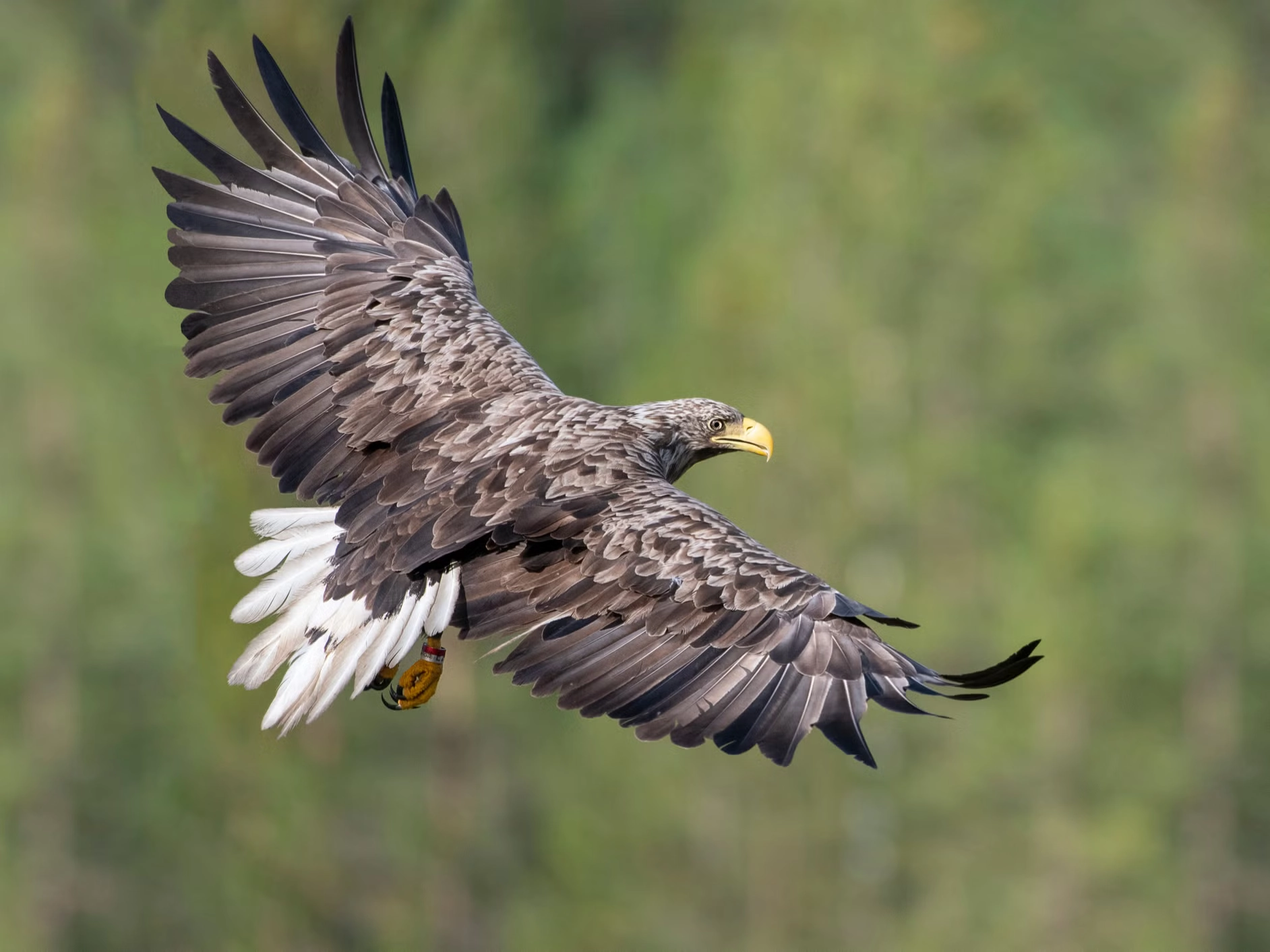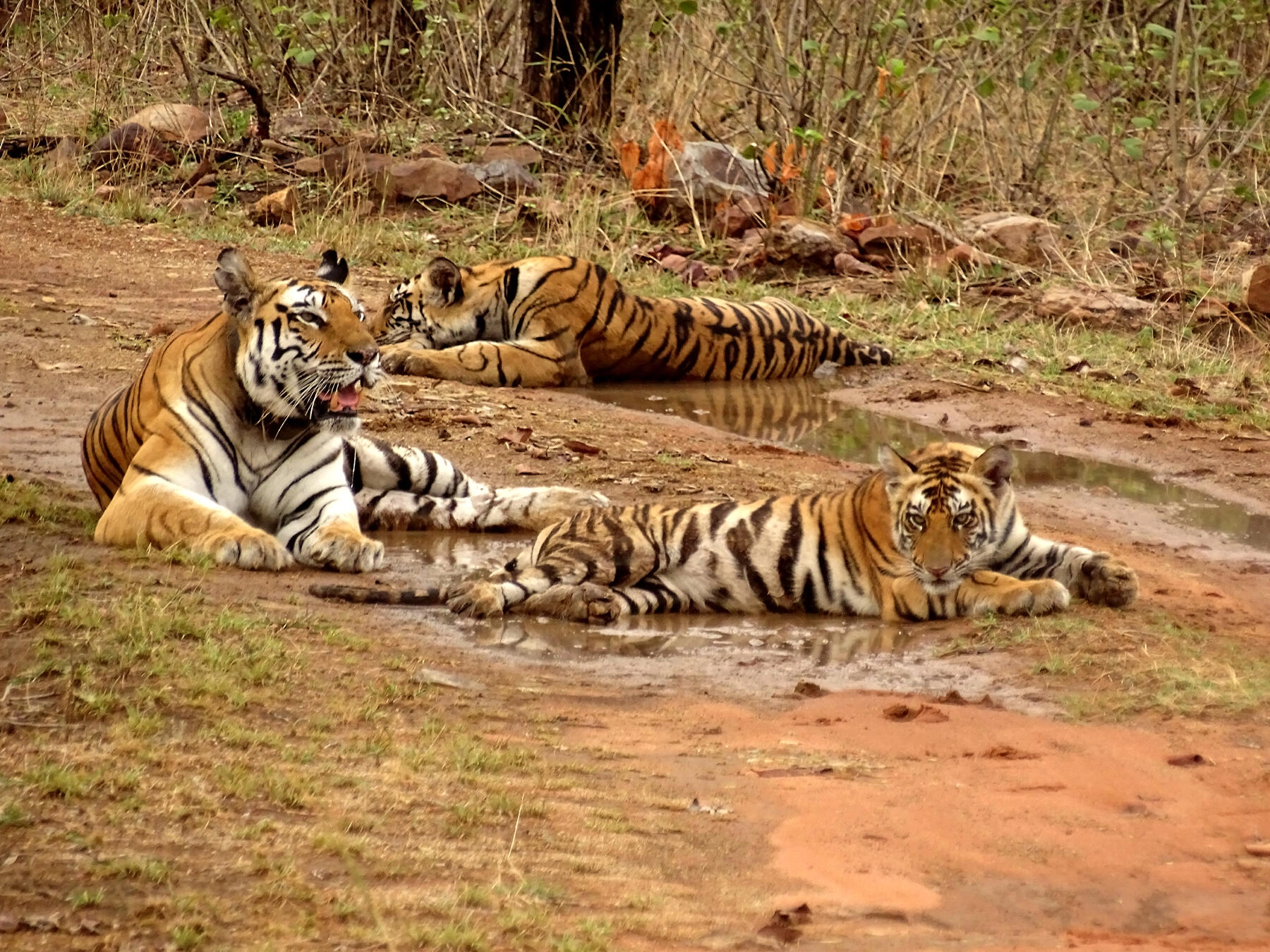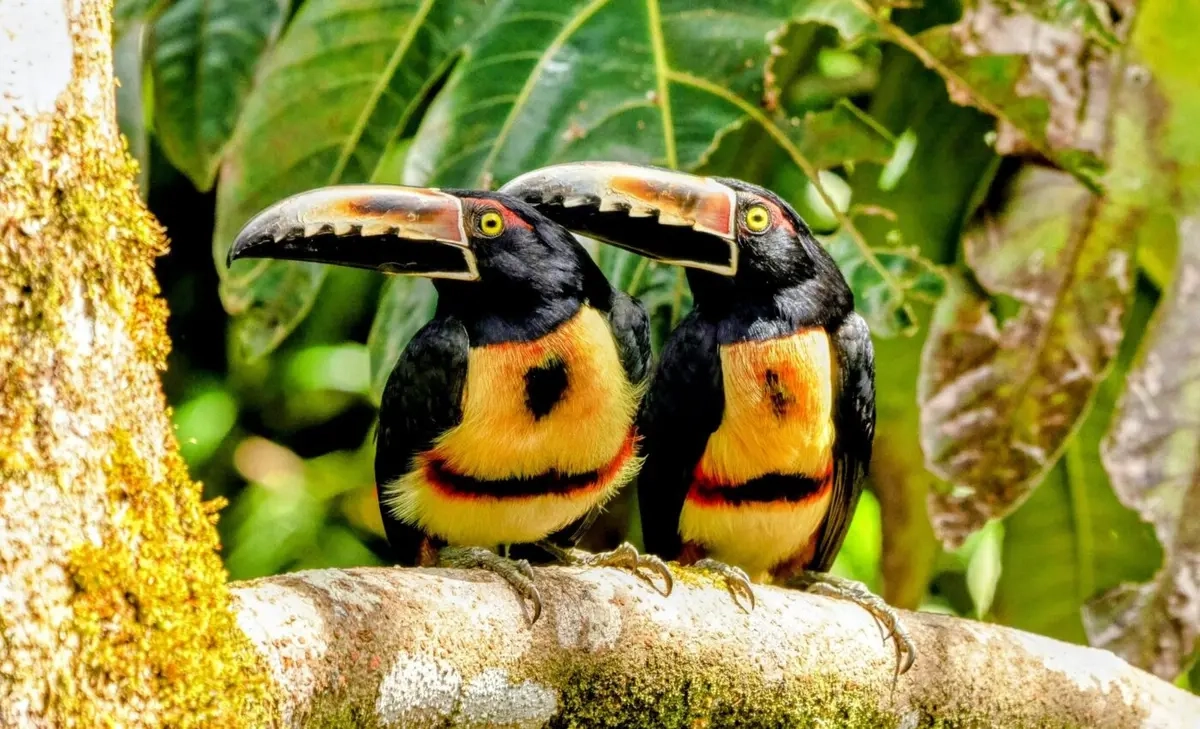Resembling the mythical creature, the phoenix, that is reborn from its ashes, the White-tailed Eagle has made an astonishing comeback in Scotland. Isn’t it fascinating how a species that was once driven to extinction, has now regained its rightful place? This is not a simple twist of nature, but a consequence of years of relentless conservation work and legal struggles. The story behind this revival is a testament to resilience, collaboration, and scientific advancements, and it’s still unfolding. Would you be interested in learning more about this extraordinary wildlife resurgence?
Historical Decline of White-tailed Eagles
Looking back at the past, it is evident that human activities such as trapping, shooting, and habitat destruction drove the white-tailed eagles to extinction in Scotland by the early 20th century. The final breeding pair was seen on the Isle of Skye in 1916, signaling an unfortunate period in the history of Scotland’s wildlife.
Such extinction clearly illustrates the severe consequences of human encroachment on wildlife. Actions, often rooted in fear or misunderstanding, led to the disappearance of these majestic birds from the skies of Scotland. The chance to observe these eagles in their natural environment was taken away by the ill-advised acts of our ancestors.
Looking at the facts, the scope of this disaster becomes clear. The white-tailed eagle, once a frequent sight, was declared extinct in Scotland. This loss greatly affected the environment, disturbing the natural balance and modifying food chains.
The historical downfall of the white-tailed eagle should serve as a stern warning about our obligation to safeguard and conserve wildlife. Going through this narrative, one can grasp the severe effects of extinction, the role of human interference, and the communal responsibility we all have towards our mutual natural world. The opportunity to appreciate the splendor of nature is dependent on our combined efforts.
Conservation Efforts: The Turning Point
Despite the discouraging past, the collective actions of you and the conservation community have changed the course for the white-tailed eagles in Scotland. This significant shift did not occur instantly. It required:

- In depth advancements in research to comprehend the eagles’ behavior and their influence on the environment.
- A meticulously supervised reintroduction scheme to reestablish the eagles in their natural habitat.
- Continual supervision to guarantee their successful resettlement and survival.
- Engaging with the local community to gain support and promote peaceful coexistence.
The successful results of these initiatives are seen in the flourishing population of eagles in Scotland today. Your participation, from being part of local projects to endorsing conservation laws, has been crucial. This success story demonstrates that when a community unites, even the most difficult tasks can be accomplished.
These joint efforts have not only restored the majesty of the white-tailed eagle, but also provided a ray of hope for other species at risk. This victory underscores the strength of united action. It serves as a reminder that our decisions and actions have wide-ranging effects, and that with the appropriate strategy, we can contribute to the restoration of our shared ecosystems.
Challenges in the Reintroduction Program

While promising strides have been made, the journey towards white-tailed eagles’ triumphant return to Scotland has not been smooth. The loss and division of their habitats, driven by human progression, have posed substantial hindrances. These shifts in the environment have called for vigorous restoration of habitats to provide suitable territories for these regal birds.
Consider the covert threat these eagles are exposed to. This danger is a persistent issue, making the prevention of such persecution a crucial tactic in safeguarding their successful repopulation. The challenge does not end there. The struggle for resources with other species, notably golden eagles, has introduced another level of difficulty to the mission.
Outbreaks of diseases like Avian Influenza are unforeseeable and present a threat to the reintroduction initiatives. This calls for alert supervision and immediate, firm responses when required. Finally, the constant struggle to secure sufficient funding and resources for these sustained efforts is a challenge in its own right. It is a continuous struggle, yet one that must be overcome to guarantee the return of these splendid birds to Scotland’s skies.
Triumphs of the Reintroduction Journey

Despite the obstacles, the process of reintroduction has scored numerous victories that deserve recognition.
The most notable accomplishment is the successful breeding of white-tailed eagles. More than 150 eagles returned to their natural habitat, with ongoing observations showing flourishing breeding pairs and a rise in chick survival rates. This serves as a symbol of nature’s ability to recover and our potential to rectify the errors of the past.
The process also brought about a surge in community involvement. The joy among locals and visitors witnessing the return of the eagles is truly inspiring. This resurgence has revived appreciation for our common natural heritage and stimulated the region’s nature-based tourism.
Here are the notable victories:
- More than 150 white-tailed eagles reintroduced successfully
- Noted breeding success and a rise in chick survival rates
- Surge in community involvement and stimulation of nature-based tourism
- More frequent eagle sightings across Scotland, highlighting the project’s effectiveness
Each victory offers hope, illuminating the way forward. They are reminders of the liberty that comes with restoring natural biodiversity and equilibrium. However, the journey continues. With ongoing determination, we can guarantee the white-tailed eagle continues to soar high in Scotland’s skies for future generations.
Ecological Impact of Their Return

The reemergence of the white-tailed eagles in Scotland has instigated noteworthy ecological changes, emphasizing their crucial role in upholding ecosystem equilibrium by managing prey and mid-tier predator populations. Their beneficial impact is apparent in numerous ways.
| Ecological Impact | Explanation |
|---|---|
| Biodiversity | The eagles augment the biodiversity of the region, improving the vitality of the environment. |
| Top Predators | Their existence is indicative of a thriving ecosystem, reflecting effective conservation. |
| Habitat Restoration | Monitoring them underlines the significance of safeguarding habitats and rejuvenating disrupted ecosystems. |
They are not simply birds; rather, they epitomize the renewal of natural habitats and complex species interactions. The reintroduction of the eagles is not only a victory for wildlife enthusiasts but also represents hope for those who cherish freedom and the wild allure of nature. Their comeback does not merely highlight their tenacity or our successful conservation efforts; it attests to the fragile equilibrium of life. Their presence acts as a prompt of the profound interconnectedness within our ecosystems, and the need to maintain this balance for the ongoing prosperity of all living organisms. Their resurgence validates the natural order, validates the efficacy of preservation, and rejoices in ecological equilibrium.
Cultural Resonance of the Resurgence

In Scotland’s core, the return of the white-tailed eagles signifies more than an ecological victory. It is a cultural renaissance, showcasing the re-emergence of a grand species deeply woven into the fabric of local history and mythology.
This tale is not just about the recovery of a bird species. It is a story of how an animal species can connect with a nation’s cultural legacy and ignite communal festivities. The return of the white-tailed eagles in Scotland has:
- Brought fresh vitality to local mythology, with these potent birds often depicted as emblems of power and liberty.
- Increased community involvement, as residents have welcomed their comeback and acknowledged their historical significance.
- Ignited a fresh enthusiasm in nature conservation, serving as a reminder that it’s feasible to repair the harm inflicted on our ecosystems.
- Instilled a feeling of pride and success, as the re-emergence of these grand birds signifies a victory in conservation efforts.

